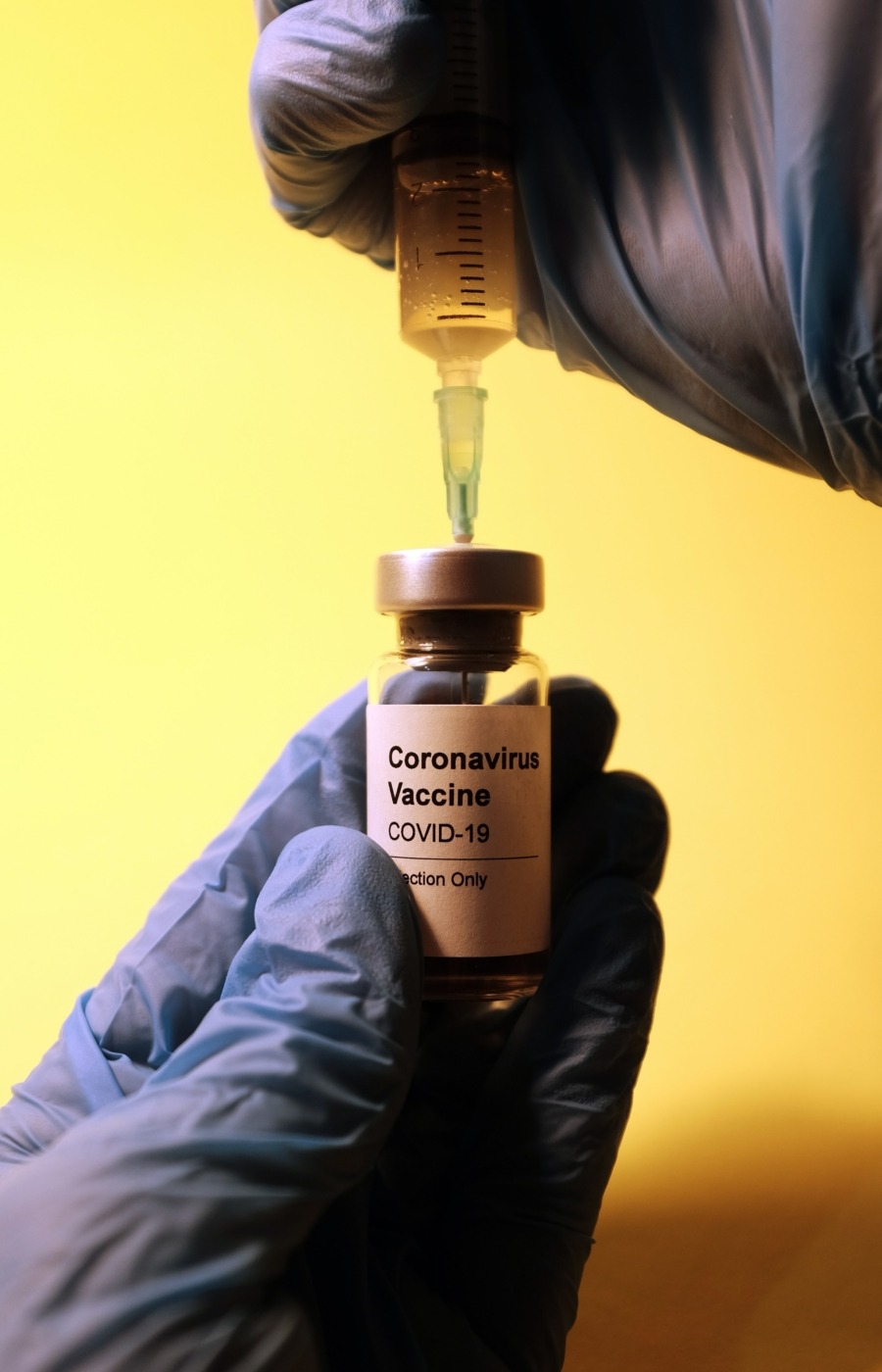Can science explain our vaccine hesitancy?
As the UK vaccine rollout looks to be an incredible success, it seems we’re also leading the world in another important statistic – vaccine hesitancy, or those delaying or refusing to take a vaccine, has plummeted to the lowest in the world. According to government polling, there’s a predicted hesitancy rate of around 6% on our shores. These numbers aren’t nearly as good abroad – an April CNN poll reports that around 26% of Americans won’t take a vaccine, while there are reports that Hong Kong may see vaccines thrown away due to hesitancy. The threat of a third wave of Covid in Europe is linked in no small part to vaccine hesitancy.
There are many factors that play into vaccine hesitancy, from concerns about the speed of its development to blanket dismissal of the virus altogether, but could our ancestry play a part too? In a piece for Sapiens, the archaeologist Monica L. Smith, of the University of California, took an anthropological look at the reasons so many people are sceptical of vaccines, especially given our acceptance of so many other forms of medicine.
There are many factors that play into vaccine hesitancy, from concerns about the speed of its development to blanket dismissal of the virus altogether, but could our ancestry play a part too?
Medicines have existed for a long time, and humans used plants for medicinal purposes long before they were domesticated. Some of the earliest uses of writing were recipes for medications, as can be seen on a 3,600-year-old Egyptian papyrus with instructions on concocting a youth serum. Medicines are important as they often heal issues immediately, they’re easy to take, and we have control over taking them, and the long societal history using them means that we’re culturally accustomed to ingesting them.
Vaccines, on the other hand, are a considerably more recent development. The first vaccine was developed by Edward Jenner in 1796, and the hypodermic needle only dates to the 1850s. Historically, piercing the skin was something done by things such as spears in order to harm people, and there’s a feeling that it’s counterintuitive to violently breach someone’s body to improve their health. Coupled with the fact that vaccines come before you’re feeling unwell, we’re not instinctively wired to be keen on vaccinations. There have been techniques designed to deal with some of the issues with needles – a self-vaccination patch with microneedles too small to feel, for example, was shown to increase flu vaccine willingness from 46% to 65%.
Are there any contemporary factors that may influence a person’s willingness to receive a vaccine? Yes, and it’s a potentially unsurprising one – according to a recent study, people who use social media to obtain information are less willing to receive a Covid vaccine. In a survey of just under 1500 adults in the UK in December 2020, it was found that people who reported using YouTube in the past month were only showed a 45% probability of vaccine willingness, and that there’s the potential for the recommendations on the platform to create an echo chamber effect.
According to Melinda Mills, of the University of Oxford and author of the study: “Misinformation proliferates on some social media platforms because users receive content suggestions aligned with their fears and watch histories, driving them into deeper rabbit holes. Information is often presented by non-experts, with limited fact checking, making it difficult to gauge the accuracy or balance the information. There was often a knowledge void in understanding the risks.” She also found that distrust of government and low personal perceived risk were drivers of hesitancy – research data shows that vaccine hesitancy increases as we move down the age groups, roughly in line with general risk factors.
Vaccines are going to be our way out of the pandemic, so attempting to understand and deal with hesitancy is something that will be very important moving forward. With the emergence of new and more transmissible variants, the overall ‘herd immunity’ threshold as a result of vaccination is likely to be around the 80% population mark, so every jab will count. If we know the anthropological and modern factors dissuading people from getting vaccinated, we can attempt to mitigate them.

Comments